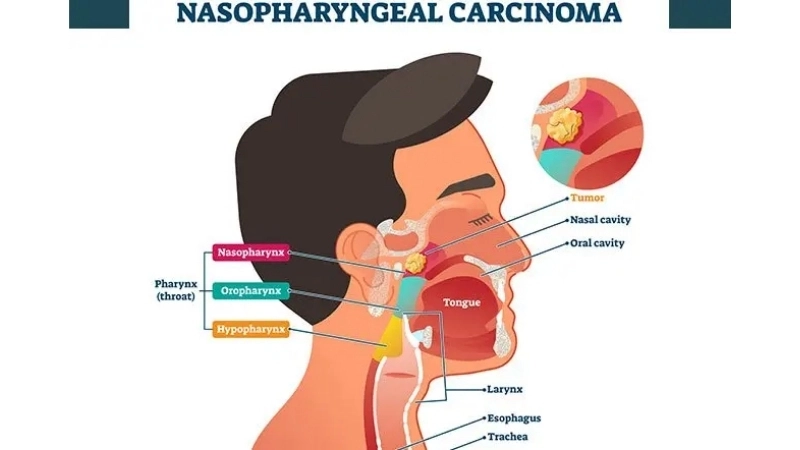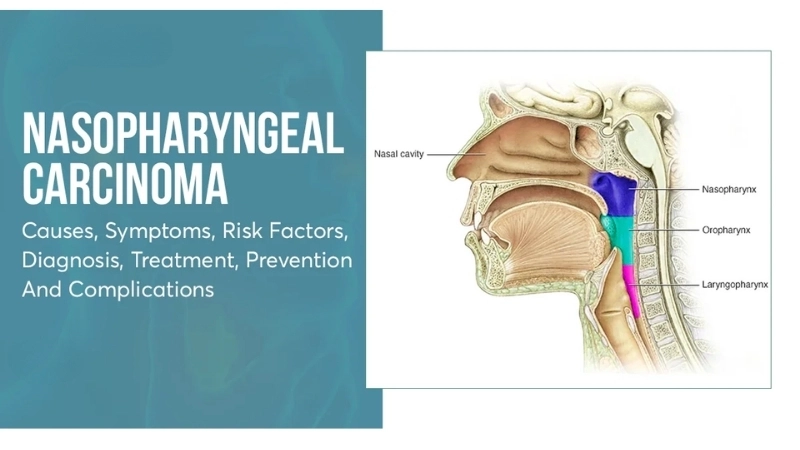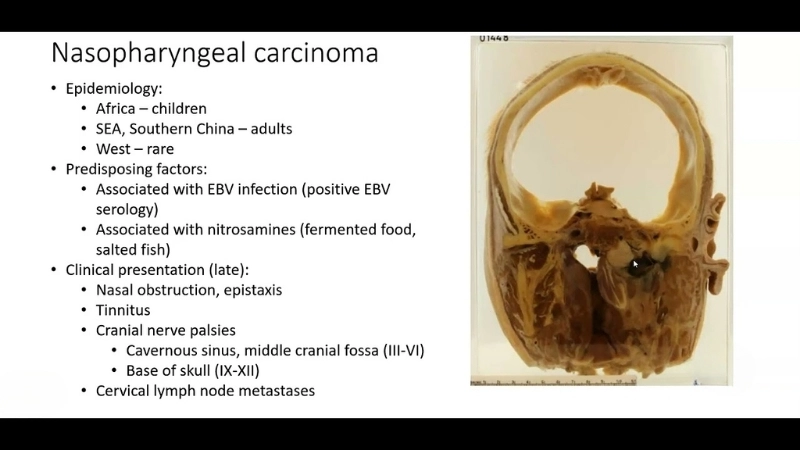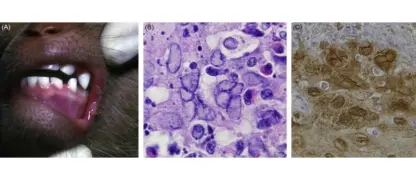Nasopharyngeal carcinoma is a rare type of cancer affecting the upper throat behind the nose. Early detection and proper treatment are key to improving patient outcomes and survival.
What are the main causes of Nasopharyngeal Carcinoma?
- Genetic factors play a crucial role in Nasopharyngeal Carcinoma, with family history increasing the likelihood of developing this type of cancer.
- Infection with the Epstein-Barr virus (EBV) is strongly associated with the development of Nasopharyngeal Carcinoma in susceptible individuals.
- Environmental factors, including high consumption of salted fish and exposure to certain chemicals, can increase the risk of Nasopharyngeal Carcinoma.
Key symptoms of Nasopharyngeal Carcinoma to watch for
- Persistent nasal congestion or nosebleeds can signal early stages of Nasopharyngeal Carcinoma, often mistaken for common sinus issues.
- Hearing loss, ringing in the ears, or frequent ear infections may indicate tumor growth in the nasopharyngeal region.
- Swollen lymph nodes in the neck are a common symptom and can appear even without other noticeable signs of Nasopharyngeal Carcinoma.

>>>Explore now: Understanding burkitt's lymphoma symptoms and causes
How can you prevent Nasopharyngeal Carcinoma effectively?
- Avoid excessive intake of preserved and salted foods to reduce environmental risk factors linked to Nasopharyngeal Carcinoma.
- Practice good oral hygiene and regular medical check-ups to detect Epstein-Barr virus infections early.
- Limit exposure to chemicals and pollutants in workplaces or home environments to lower the risk of developing Nasopharyngeal Carcinoma.
>>>Explore now: Understanding sindbis fever symptoms and early warning signs
Image description of Nasopharyngeal Carcinoma
This image illustrates the location of Nasopharyngeal Carcinoma in the upper part of the throat behind the nose, highlighting common tumor sites and affected tissues.








>>>Explore now: Understanding Murray Valley Encephalitis symptoms and risks
Understanding nasopharyngeal carcinoma empowers patients to seek timely care, follow effective treatments, and adopt preventive measures that can improve quality of life and prognosis.






